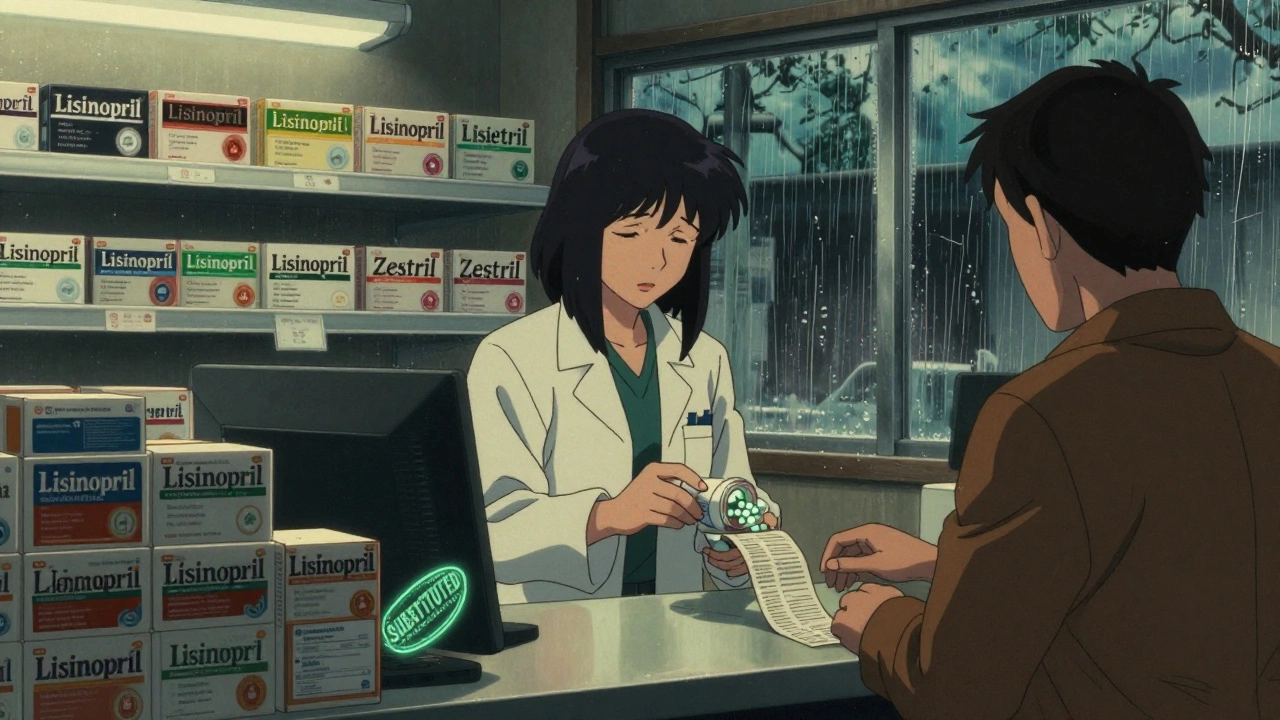Therapeutic Interchange: When Switching Medications Makes Sense
When your doctor or pharmacist suggests switching from one drug to another that works similarly, that’s called therapeutic interchange, a planned switch between two drugs that treat the same condition with similar effectiveness and safety. Also known as drug substitution, it’s meant to cut costs without harming your health. But not all drugs can be swapped — some, like cyclosporine, an immunosuppressant used after organ transplants, have a narrow therapeutic index, a tiny window between the right dose and a dangerous one. Even small changes in how your body absorbs the drug can lead to rejection or toxicity.
Therapeutic interchange isn’t just about saving money. It’s about matching the right drug to your needs, insurance plan, or availability. For example, if your insurance moves a brand-name drug to a higher tier, your pharmacist might suggest switching to a generic version — but only if it’s safe to do so. That’s why generic substitution, the act of replacing a brand-name drug with a chemically similar generic isn’t automatic. Some drugs, like those used for epilepsy, heart rhythm, or thyroid disorders, need extra care. The FDA requires strict testing for generics, but even approved ones can behave differently in your body. That’s why patients on drugs like tacrolimus or valproic acid are often advised to stick with the same brand or generic batch.
What you’ll find here are real-world examples of when therapeutic interchange works — and when it doesn’t. From how insurance formulary tiers influence drug choices to why some medications like sevelamer or terazosin need careful handling during switches, this collection gives you the facts you need to ask the right questions. You’ll see how stability testing, import inspections, and electronic prescribing all tie into the bigger picture of drug safety. Whether you’re managing a chronic condition, worried about side effects, or trying to save on prescriptions, these posts help you understand what’s really happening when your meds change — and how to stay in control.

Retail vs Hospital Pharmacy: Key Differences in Medication Substitution Practices
Dec, 11 2025

Therapeutic Interchange: What Providers Really Do When Substituting Medications Within the Same Class
Nov, 20 2025
